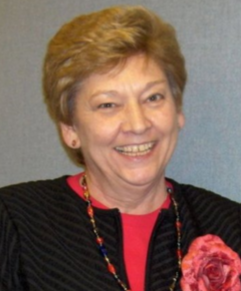With telescopic precision, Matt Newton used his VSTE 2018 session as a platform to spotlight one of many Assistive Technology Resources: Read and Write. As a matter of fact, it was the only presentation which specifically focused on accommodations and modifications for the special education population.
Matt prefaced that he is not a representative for Google Read & Write. He is a T/TAC coordinator who has witnessed the powerful benefits of the Read & Write extension. In a matter of 60 minutes, Matt expressed how the awesomeness of this tool could have lasting effects for students who struggle with reading comprehension. This app is designed to help struggling readers grasp the content. This is not to say that Read & Write is the “That’s It. That’s All Folks” app for struggling students.
As educators, we know we have to find what works best for our students. I remember one student who was given an iPad as an accommodation. The thing is…he didn’t like the iPad! Regardless of its function or the number of apps which were downloaded on his iPad, he just refused to use it.
As Matt alluded to in his session, the best Assistive Technology in the world is the one that the student is comfortable with and enjoys using it.
Success is gained when teaching and learning become enjoyable and not dreadful. So, if you have not done so already, check out Read & Write. Your students just might thank you for it. And if they don’t, it’s all good. There’s a galaxy of Assistive Technology just waiting to be discovered.
Matt Newton is a Technology Coordinator in the Training and Technical Assistance Center (T/TAC) at Virginia Tech. His VSTE presentation is here and more resources are linked from his conference presentation page.
This post was written by Nicci Doud, a Special Education Teacher for Prince William County.




